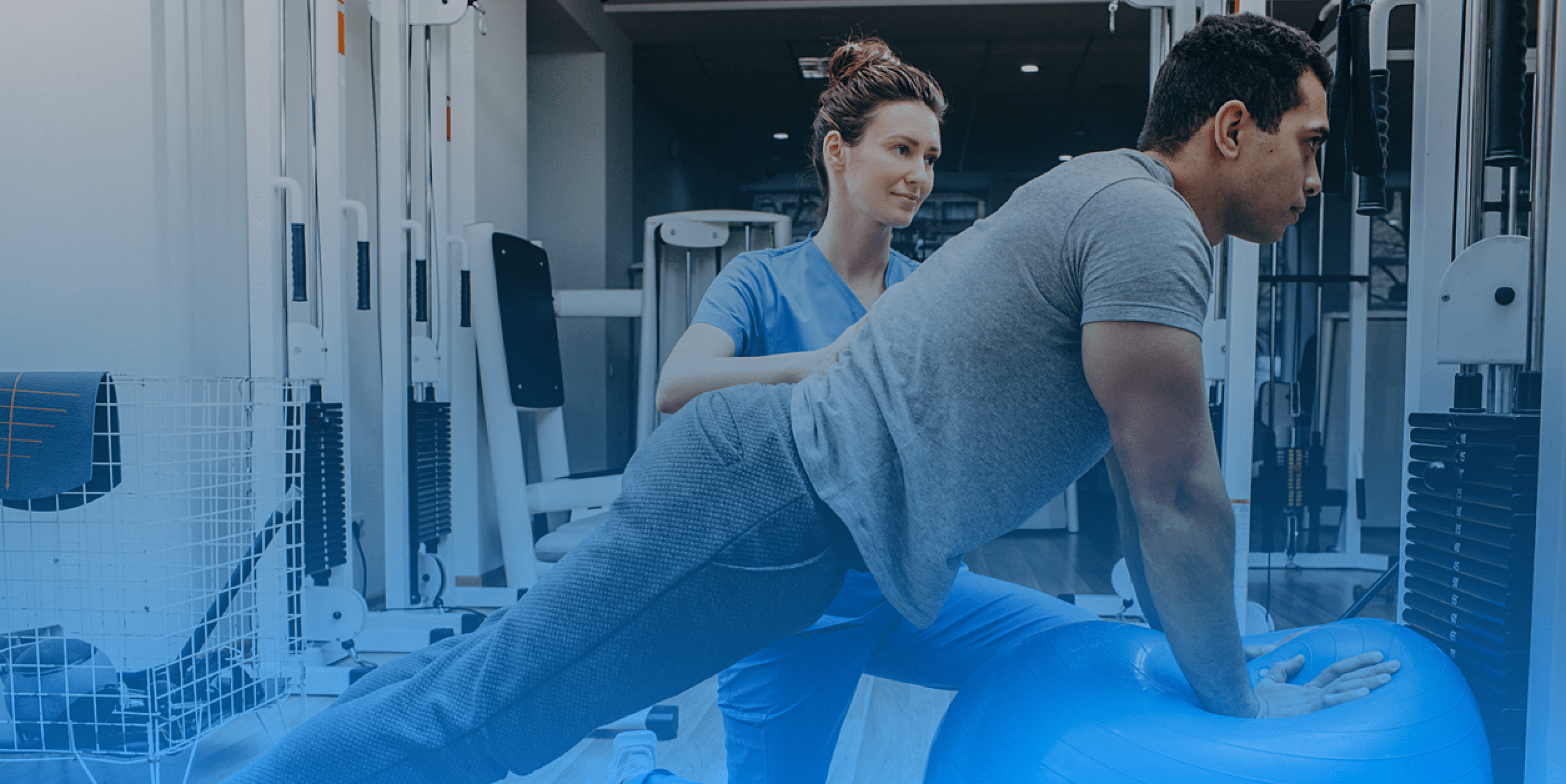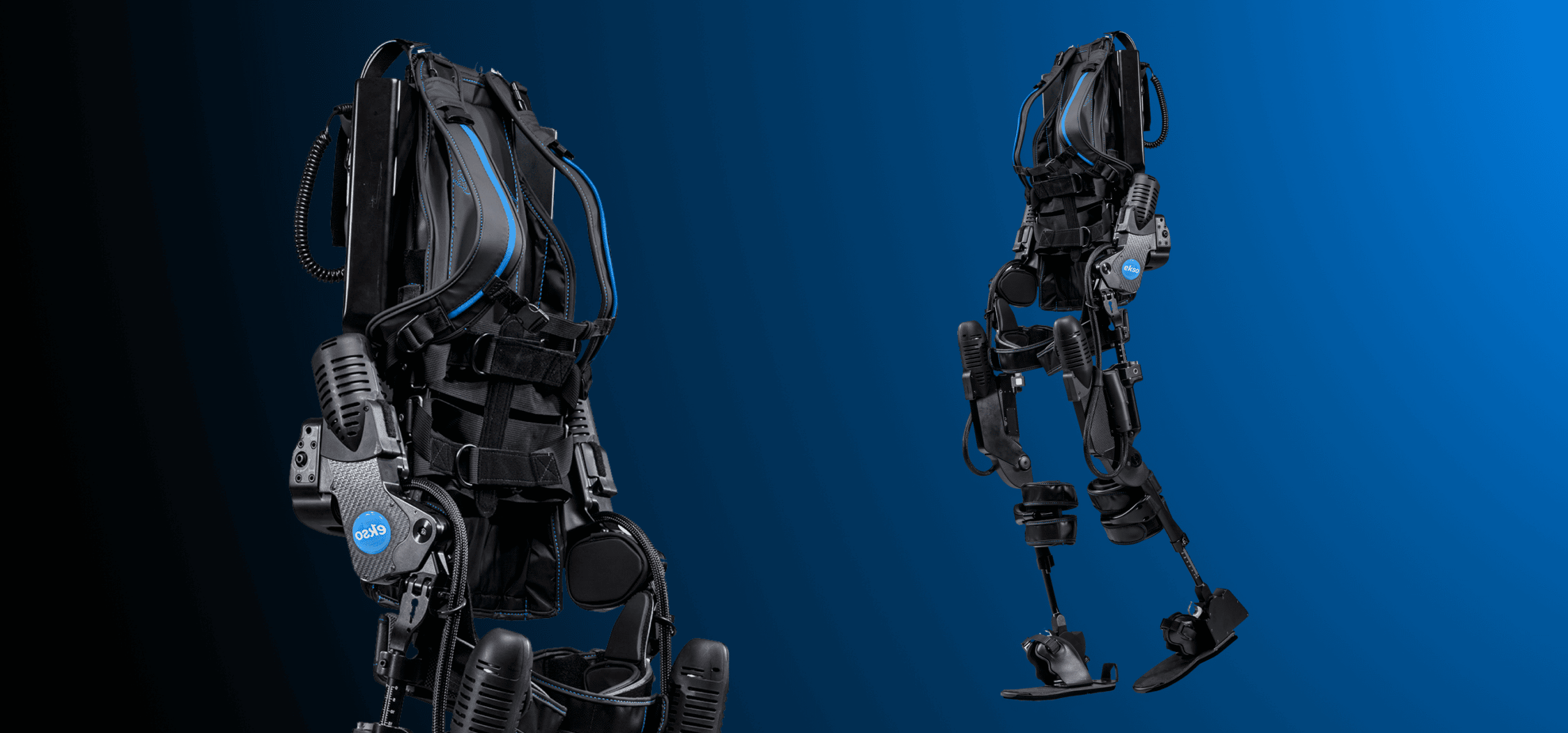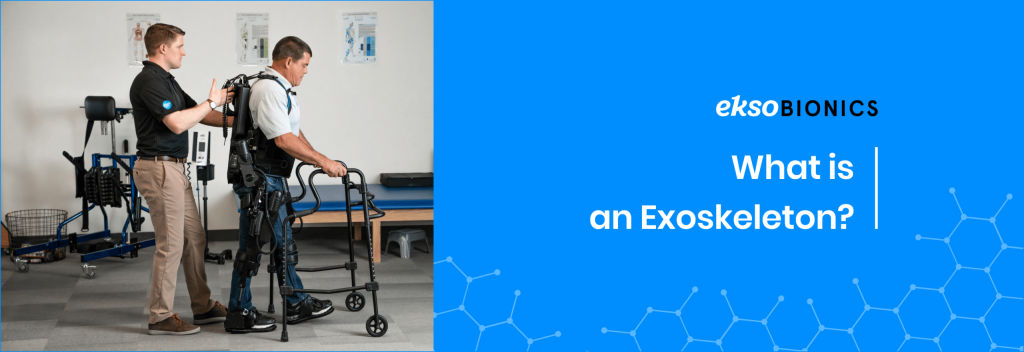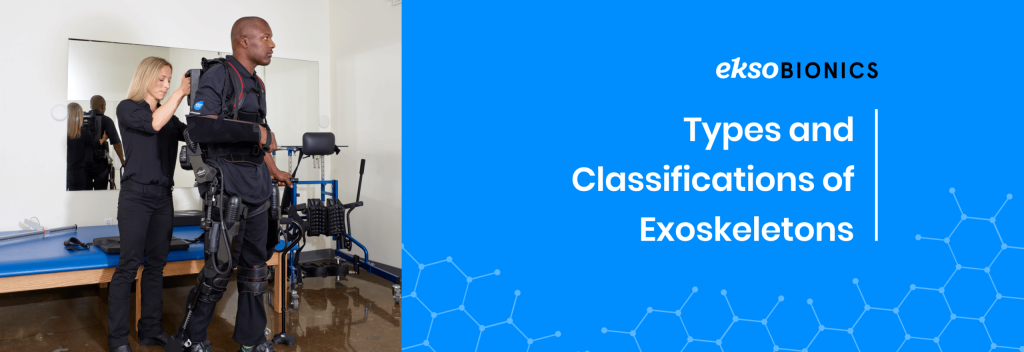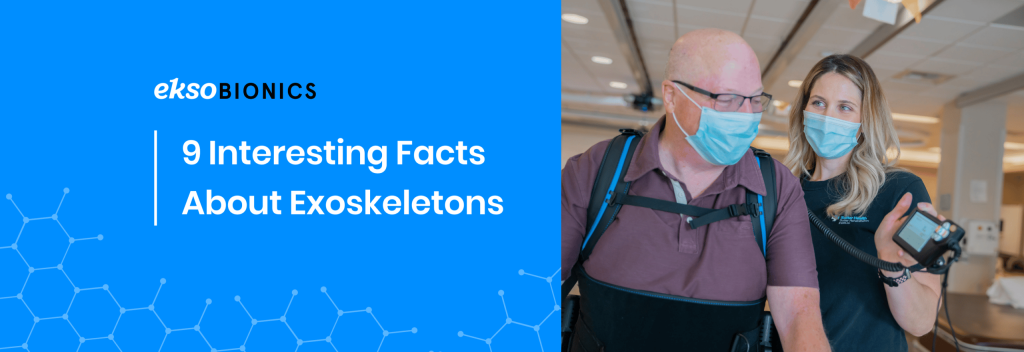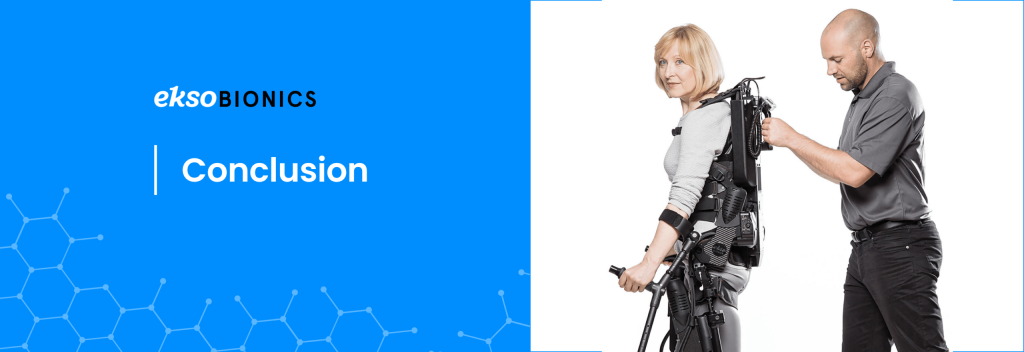According to the U.S. Pain Foundation, about 50 million people experience pain daily. [1] A survey conducted by the Centers for Disease Control reports that 20.4% of adults experience chronic pain, and about 7.5% experience pain that’s so severe that it frequently interferes with their work or life. [2] This calls for an effective pain management solution. Enter physical therapy. Physical therapy isn’t just about mobility recovery and recovering from injuries. Physical therapy plays an important role in the management and treatment of pain too. And with the looming opioid crisis, it’s a highly recommended alternative as it has no side effects and is a more sustainable treatment method for patients with chronic pain.
How Does Pain Relief Through Physical Therapy Work?

Physical therapy goes beyond treating pain. It identifies the source of pain in the body and treats it from the point of origin. The body is an interconnected system that works through different forces and pressure points. Nerves and blood vessels are attached to all organs and musculoskeletal structures in the body. Nerve pain in one area could be the result of muscle compression in a different area of the body. Resolving the strain in that specific muscle group could help restore fluidity, make the area limber, and reduce pain. Physical therapy restores balance and flexibility to ensure that blood vessels and nerves are not hindered.
Is Physical Therapy a Better Pain Management Strategy?
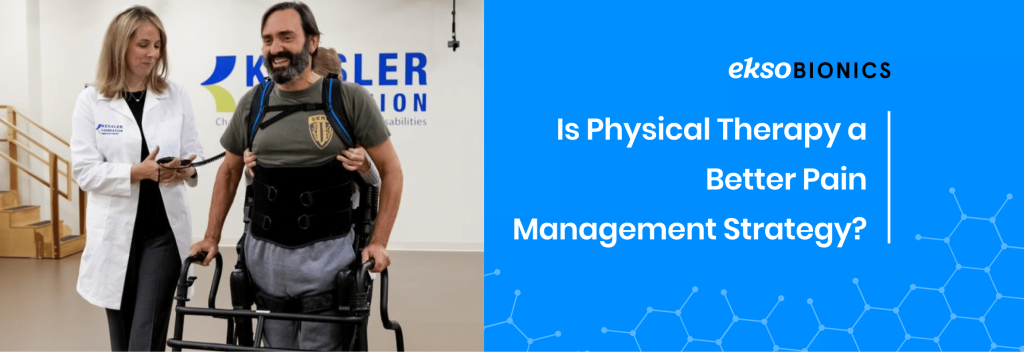
Due to the opioid epidemic, alternative pain management solutions are a growing concern among the medical community. Opioids are known to cause severe side effects among patients suffering from chronic pain, the biggest ones being abuse and addiction. According to the National Institute on Drug Abuse, about 10.1 million people misused opioids in 2019. [3] Tamara Dangerfield, MPT, a physical therapist with the University of Utah Health, says, “Taking a pill may seem like a great option for people when they hurt and just want the pain to go away, but we have seen huge detrimental effects on people who have come to rely solely on opioids for pain control. Opioids are only effective at treating these types of pain for short periods of time and in long-term situations become less and less effective with huge risks and side effects.” [4]
“The prevalence of chronic pain and the increasing use of opioids—which have led to addiction and fatalities — have led to increased efforts to address chronic pain in other ways,” explains Ben Gilbert, PT, MS, MBA, OCS, Cert. MDT, Director, Outpatient Rehabilitation, Main Campus at Burke Rehabilitation Hospital. [5] The biggest alternative method to reduce opioid dependence is physical therapy. It is normally recommended as a blended approach where patients can get drug support for pain management but are also enrolled in physical rehabilitation facilities that help them manage their pain in a better way. Physical therapy isn’t a one-time shortcut to pain relief. It is the opposite. It relieves pain over time and is a more long-term solution. This makes it a great solution for patients who want to avoid opioid dependence. According to Tamara, physical therapy is a better choice, especially for patients with prolonged musculoskeletal conditions.
Types of Physical Therapy
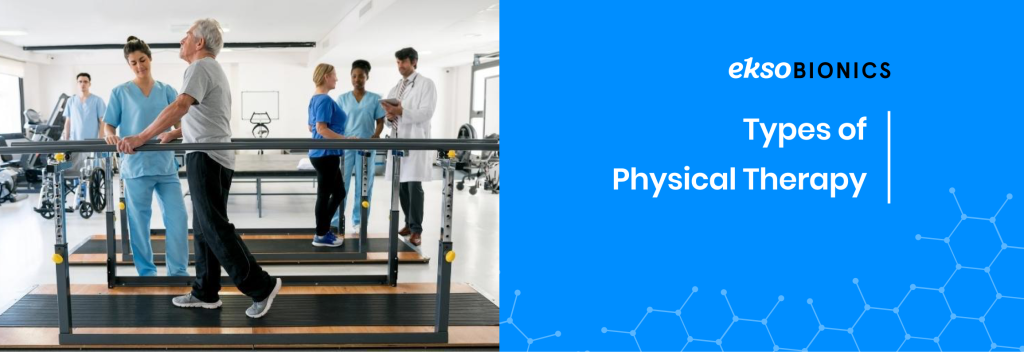
There are different types of physical therapy techniques used in managing pain. They are classified into:
Passive physical therapy: In passive treatment techniques, the patient is normally stationary, while therapy treatments are applied to the body to alleviate pain.
Active physical therapy: Active rehabilitation methods involve patient movement and participation and may be more effective for longer periods.
Passive Physical Therapy Treatment Techniques
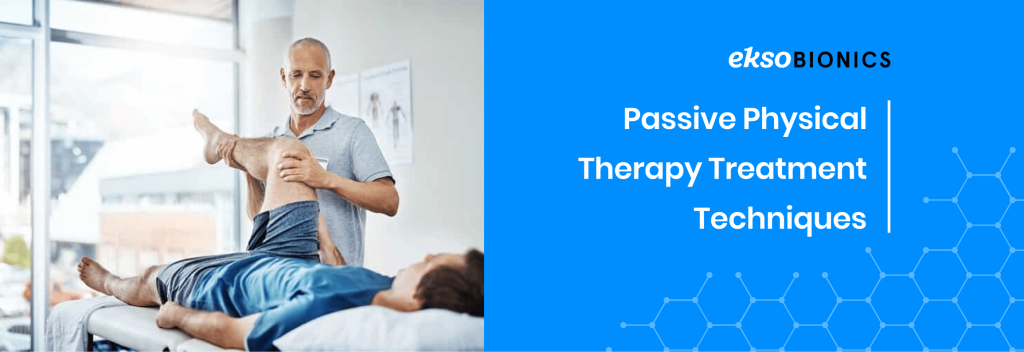
- Heat/cold application – This involves the application of heat and/or cold, which helps reduce muscle spasms and inflammation.
- Transcutaneous electrical nerve stimulator (TENS) – This method involves the use of electrodes to deliver a mild electric current in the affected area. The electric impulses send signals to the brain, which stimulate the production of endorphins, a natural painkiller. Electrical nerve stimulation also helps in muscle relaxation, which contributes to pain relief.
- Laser therapy – Laser energy is projected into a specific area to accelerate tissue healing and reduce inflammation.
- Iontophoresis – This transdermal drug delivery technique uses an electric current to deliver steroids under the skin membrane, which helps reduce pain and inflammation.
- Ultrasound – This method uses ultrasound waves to penetrate the soft tissues and reduce muscle tension and pain.
- Massage therapy – Massages help relax the muscles, improve blood circulation, and relieve pain.
Active Physical Therapy Treatment Techniques
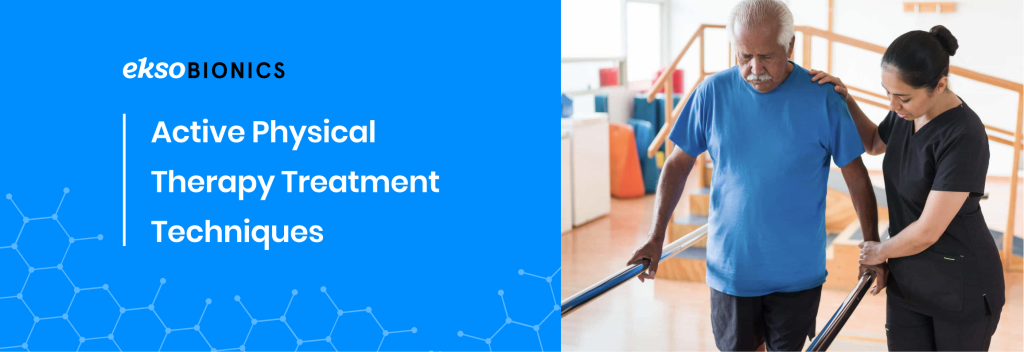
- Range of motion exercises – Range of motion exercises involve the movement of joints to increase flexibility and stretch muscles and other tissues. It’s also great for sensory stimulation. Range of motion exercises can be passive, active, or active-assisted. Exoskeletons may be used for range of motion rehabilitation but splinting is typically the gold standard.
- Dynamic lumbar stabilization – After an injury, back muscles weaken and sometimes atrophy, hence the need for dynamic lumbar stabilization exercises. The goal of these exercises is to build back strength, reduce tension and increase flexibility. Exercises may include knee-to-chest stretch and back flexion stretch, which help relieve neck and back pain.
- McKenzie approach – These exercises are focused on spine extension and pain alleviation. The exercises move the pain from the legs and arms to the back, which is able to tolerate pain better.
- Aquatic exercise – This exercise, as the name suggests, is conducted in a pool. It relies on the water’s buoyancy to relieve pressure from the patient’s body. This allows patients to exercise their neck, back, leg, and shoulder muscles with less pain.
- Targeted and general conditioning – This technique involves the use of endurance, stretching, and strengthening exercises to relieve pain in a specific area of the body.
The Importance of Physical Therapy in Pain Management

- Little side effects
Physical therapy pain management techniques have little to no side effects. Common approaches like aquatic exercise, range of motion exercise, electrical stimulation, and ultrasound are non-invasive methods and have a low risk of side effects. This, however, cannot be compared to surgery and medication. Pain medication, for instance, can lead to addiction and dependence.
It may surprise you that physical therapy’s side effects are actually positive. They include “improved mood, blood pressure, weight control, bone density, endurance, strength, and sleep.” [4]
- Holistic pain management
Physical therapy focuses on treating the root cause of pain instead of temporarily masking the pain. Pain medication temporarily provides relief by covering the pain for a short period of time but doesn’t fix the real issue in the body that is causing the pain. On the other hand, physical therapy identifies where the pain originates and then provides specific treatment strategies to alleviate pain in that specific area of origin.
- Physical therapy is customized
Physical therapy regimens are completely customized to fit the patient’s schedule, lifestyle, and recovery goals. Physical therapists create structured individual plans that help manage pain and reduce inflammation while encouraging healing and recovery.
- Contributes to improved physical health
Physical therapy is an active process that requires patient participation. In addition to pain alleviation, physical therapy strengthens muscles, tendons, and ligaments, improves range of motion, restores balance, and promotes healing.
- Other benefits
It is reported that patients who take up physical therapy to manage their pain normally have lower outpatient and pharmacy costs. They also have lower out-of-pocket medical expenses and are more likely to avoid an opioid prescription. [5]
Conclusion
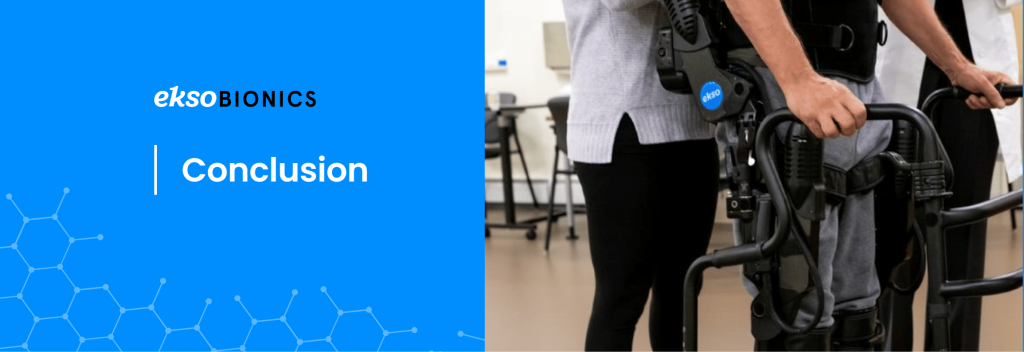
Physical therapy has a variety of treatment methods available. This means that there is something for everyone. If a patient doesn’t respond to a specific treatment method, your physical therapist will help you try another one until they find the one that gives them their desired results. Patients can also combine several methods and modify their rehabilitation regimen.
Physical therapy is the only risk-free and safe choice that’s focused on long-term pain relief. The medical community advances that it is a better option for patients with long-term musculoskeletal conditions compared to painkillers.
Ekso Bionics is a distinguished exoskeleton manufacturer that creates modern rehabilitation solutions that help patients learn to walk again. Our exoskeletons are used in more than 400 rehabilitation centers globally. Learn more about us or make an inquiry today to learn how you can procure our FDA-approved exoskeletons.
References:
- U.S. Pain Foundation https://uspainfoundation.org/
- Chronic Pain and High-impact Chronic Pain Among U.S. Adults, 2019 https://www.cdc.gov/nchs/products/databriefs/db390.htm
- Opioid Crisis Statistics | HHS.gov https://www.hhs.gov/opioids/about-the-epidemic/opioid-crisis-statistics/index.html
- What to Know About Physical Therapy for Pain Management – Burke Rehabilitation Hospital https://www.burke.org/blog/2019/12/what-to-know-about-physical-therapy-for-pain-management/198
- Pain Relief Through Physical Therapy | University of Utah Health. https://healthcare.utah.edu/healthfeed/postings/2016/11/pain_relief.php#:~:text=Pain%20relief%20through%20physical%20therapy%20is%20based%20in%20the%20knowledge,for%20other%20types%20of%20pain
